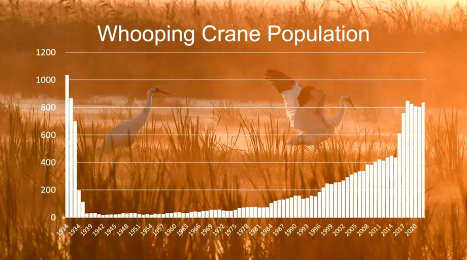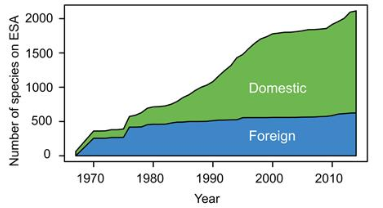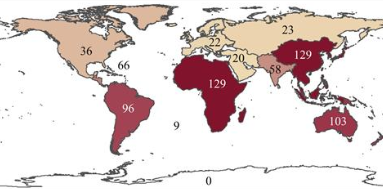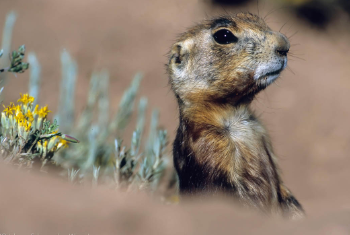Historical Significance
Short Term: Success
After its inception, the ESA showed immediate benefits to the world and its ecosystems. It quickly fostered the recovery of many different species including the Bald Eagle, Kirtland Warbler, and the American crocodile. This success encouraged the US Government and President John F. Kennedy stayed faithful to their decision.
Short Term: Conflict
Following the commencement of the ESA, chemical factories, farmers, and land workers were upset because DDT was permanently banned. These people used DDT to make a living through selling, buying, or using it. They argued that the world, in the long run, would be well-nourished and better off using these chemicals. However, the President's Science Advisory Committee remained loyal to their consensus and left the law how it was.

Interior Secretary Bruce Babbitt speaks on the reauthorization of the Endangered Species Act in 1997. Courtesy of the Library of Congress
Long Term
Currently, the ESA is accountable for the recovery of 99% of the species on the endangered species list. Take the whooping crane as an example. In 1941, the population was, terrifyingly, 21 worldwide. After being placed on the list in 1970, the crane started a steady comeback. As of 2023, the whooping crane population is around 800, an astounding 3,809% population increase. The same benefits occur in numerous habitats around the US, displaying the ESA's impact today.

Courtesy of Oxford Academic

Courtesy of Fox 6 News Milwaukee

Number of foreign species on the ESA (1979-2014). Courtesy of Oxford Academic
Animal Protection
The ESA has saved many plants, animals, and aquatic creatures from extinction. The California condor, grizzly bear, Okaloosa darter, whooping crane, and black-footed ferret have all been saved in the last 49 years as a result of the ESA. 2 other revitalized species are highlighted below.

Courtesy of Share America
In the early 1900s, trappers hunted sea otters for their fur. Because of this, there were only a few hundred left. Today, there are over 150,000 sea otters in their natural habitats thanks to private sector work under the ESA.

Courtesy of Share America
In the 1920s over 95,000 prairie dogs lived on the Utah plains. By 1972, because of drought and disease, only 3,300 were left. However, conservation efforts have been successful and prairie dogs are being reintroduced into their native habitats across Utah. The Utah Prairies Dog was originally classified as endangered and improved to threatened. It is still protected under the ESA.